Q
How to set seat memory in Mazda CX-5?
To set the seat memory in the Mazda CX-5, follow these general steps: First, locate the seat setting buttons on the driver's door panel and press the "SET" key. Then adjust the seat to your desired position and press "SET" again. Next, select and hold one of the numbered buttons (1, 2 or 3) to store the current position. To recall your saved setting later, simply press the corresponding numbered button. Please note that operational details may vary slightly across different model years of the Mazda CX-5.
Special Disclaimer: This content is published by users and does not represent the views or position of PCauto.
Related Q&A
Q
How to turn off the navigation system of Mazda CX-5?
To turn off the navigation system of Mazda CX-5, you can usually directly click the "Exit" or "Close" button on the navigation interface. If there is no obvious option to turn it off on the navigation interface, you can check the vehicle's infotainment system settings and find the navigation-related options to turn it off. Additionally, some models may support voice commands to turn off the navigation system—you can try saying a command like "Turn off navigation."
Q
How to activate the maintenance mode of Mazda CX-5?
To activate the maintenance mode of Mazda CX-5, you usually need to turn off the vehicle's engine first. Then, find the vehicle's OBD port, connect it with a specific diagnostic tool or device, and follow the related operation guides to activate the maintenance mode. However, the operation details may vary across Mazda CX-5 of different years and configurations. You're advised to refer to the vehicle's user manual for accurate and detailed procedures.
Q
Which Mazda CX-5 model is the best?
Every model of the Mazda CX-5 has its own features and advantages, so it's difficult to simply decide which one is the best. Standard models with more affordable prices can meet basic needs. High-end models are usually equipped with advanced features and technologies, like an advanced safety system, deluxe interior configurations, etc, providing a more comfortable and convenient driving experience. However, which model to choose depends on your personal needs and budget. If you prefer cost-effectiveness, the basic model might be a good choice. If you pursue a richer configuration and a high-end experience, the top model would be more appropriate.
Q
How to check the power steering fluid of Mazda CX-5?
To check the power steering fluid of Mazda CX-5, first open the engine hood. Next, find the power steering fluid reservoir within the compartment, which usually has clear markings. Check that the fluid level falls between the minimum and maximum marks on the reservoir. A low fluid level may indicate a potential leak. For an accurate assessment of the fluid's condition, use a white tissue or clean cloth to collect a small sample, then observe its color and texture. Normal power steering fluid should be transparent or slightly reddish, without impurities and unusual odors. If the fluid is dark and has particles or strange odors, it may require replacement.
Q
How to reset the oil light of 2020 Mazda CX-5?
To reset the oil light of 2020 Mazda CX-5, you can follow these steps: First, turn off the vehicle's ignition switch, then press and hold the odometer reset button. Next, turn on the ignition switch while keeping the button pressed until the oil light starts to blink and goes off. The operation should be accurate. However, there may be slight differences depending on the specific configuration of the vehicle.
Q
How to reset the mileage of Mazda CX-5?
Tampering with the mileage is illegal and unethical, which can cause serious damage to vehicle transactions and consumer rights. Therefore, I can't provide guidance on how to reset the mileage of Mazda CX-5. The vehicle's mileage is an important record of its usage and should be kept accurate and truthful.
Q
How much is the car insurance for Mazda CX-5 ?
In Malaysia, the cost of car insurance for Mazda CX-5 can vary based on several factors. Generally, the insurance cost depends on the car's value, the owner's age and driving experience, the car's usage purpose, its safety features, and the owner's driving record, etc. Typically, the annual insurance cost can range from 2,000 to 5,000 Ringgit. However, if the car owner is young and inexperienced, or if the car is used for commercial purposes, the insurance cost might be higher. Instead, if the car is equipped with advanced safety systems, and the car owner has a good driving record, the insurance cost might be relatively lower.
Q
How to activate the lane-keep assist system of Mazda CX-5?
The lane-keep assist system of Mazda CX-5 can usually be found in the settings menu on the vehicle's dashboard or central control screen. The specific operation might be to press a button labeled "LKA" or a similar marker on the steering wheel or centerl console . However, different configurations of the Mazda CX-5 may vary slightly in operational details. You should refer to the vehicle's operation manual for accurate procedure.
Q
Which one is more reliable, Honda CR-V or Mazda CX-5?
The Honda CR-V and Mazda CX-5 both perform well in reliability. The Honda CR-V has always been favored by consumers for its stable quality, good durability, and lower maintenance rate. In addition, its engine technology is mature, and the transmission system is reliable. The Mazda CX-5 is also renowned for its excellent manufacturing craftsmanship and high-quality component. However, the reliability of a vehicle can also be affected by factors such as the usage environment and maintenance condition. In the Malaysian automobile market, the Honda CR-V enjoys relatively higher ownership rates and a more comprehensive after-sales service network, which provide certain guarantee for its reliability. However, the Mazda CX-5 is competitive in technological innovation and quality control. Overall, both of the two models are competitive in reliability, and the final choice should be based on personal preferences and specific usage requirements.
Q
How to reset the warning lights of Mazda CX-5?
To reset the warning lights of Mazda CX-5, you can typically start by turning off the vehicle and waiting a few minutes before restarting it. If the lights can't be restarted, consult the owner's manual for specific reset procedures for particular warning lights. In some cases, a professional diagnostic tool connected to the vehicle's OBD port may be required to complete the reset. However, please note that the process may vary depending on the model year and configuration of your Mazda CX-5.
Latest Q&A
Q
What is the Gearbox Type of Perodua Nexis?
As an upcoming all-new SUV model, the official details about the transmission type of the Perodua Nexis haven't been released yet. However, based on Perodua's consistent technical approach and market positioning, it's expected to be equipped with a proven D-CVT continuously variable transmission or a 4-speed automatic transmission. These two types of transmissions have been widely used in Perodua's existing models like the Aruz and Bezza. They are particularly suitable for the urban road conditions in Malaysia, balancing fuel economy and a smooth driving experience.
It's worth noting that the D-CVT transmission offers a more direct power response by simulating gear shifts, while the traditional automatic transmission is known for its durability and low maintenance costs. Consumers can choose according to their own driving habits. If the Nexis is positioned as a youthful SUV, more advanced transmission technologies may be introduced to enhance its competitiveness. It is recommended to follow Perodua's official press conference for the final configuration information.
Malaysian consumers can refer to the actual test - drive experience when making a purchase. The transmission tuning has a significant impact on the daily driving comfort. Meanwhile, the transmissions of all Perodua models have been locally adapted to suit the tropical climate and diverse road conditions.
Q
What Engine is used in Perodua Nexis?
The Perodua Nexis is expected to be equipped with a 1.5-liter Dual VVT-i naturally aspirated engine. This engine shares the technical platform with models like the Perodua Ativa and Toyota Rush. It has a maximum output power of about 106 horsepower and a peak torque of 138 Nm. It is paired with a D-CVT transmission, focusing on fuel economy and smoothness in daily driving. The engine adopts a dual variable valve timing system, which can optimize the intake and exhaust efficiency at both low and high speeds and meets the EURO 4 emission standards in the Malaysian market. For Malaysian users who value practicality, this kind of small-displacement engine can balance the fuel consumption during city commuting and the occasional long-distance needs, and the maintenance cost is relatively low. It's worth mentioning that Perodua has gradually upgraded its power technology in recent years. For example, a more efficient 1.0-liter turbocharged option has been applied to models like the Bezza. In the future, it may also offer a hybrid version for the Nexis to adapt to the market trend, but the specific details shall be subject to the official release. The engine design of this kind of compact SUV usually gives priority to durability in tropical climates. It is recommended that car owners conduct regular maintenance to ensure long-term performance.
Q
How much engine displacement of Perodua Nexis?
The Perodua Nexis has not been officially launched yet, so the official has not announced its specific engine displacement (CC) data. However, according to industry speculation, this upcoming B-segment SUV might be equipped with the same 1.0-liter three-cylinder turbocharged engine as the Perodua Ativa. The engine has a displacement of 998cc, a maximum power of 98 horsepower, and a peak torque of 140 N·m, and is paired with a D-CVT gearbox. If the final configuration turns out to be true, this small-displacement turbocharged engine can balance fuel economy and power performance, making it very suitable for the urban road conditions in Malaysia. Meanwhile, Perodua models generally adopt a lightweight design, which further optimizes fuel consumption. It is recommended that consumers keep an eye on the latest news from the official Perodua website or authorized dealers to get accurate information. When making a purchase, Malaysian car owners can also make a horizontal comparison with engines of similar models, such as the 1.5TGDI engine (1477cc) of the Proton X50 or the 1.5L naturally aspirated engine (1498cc) of the Honda HR-V. However, they need to pay attention to the differences in road tax, insurance, and maintenance costs among engines with different displacements.
Q
Which Segment Does Perodua Nexis Belong to?
The Perodua Nexis falls into the B-Segment SUV category. This vehicle is positioned slightly higher than the Axia and Bezza in Perodua's product line. It mainly targets young family users who pursue space practicality and stylish design. The body size of the Perodua Nexis is expected to be similar to that of the Proton X50, but its price will be more affordable, continuing Perodua's characteristic of high cost - effectiveness.
B - Segment SUVs are very popular in the Malaysian market. Vehicles in this category usually have a relatively high ground clearance and flexible cabin space, which are suitable for the diverse local driving environments, including urban commuting and occasional countryside trips.
The Perodua Nexis is expected to be equipped with an energy - efficient 1.5L Dual VVT - i engine and may come with advanced safety systems such as ASA 3.0, continuing the brand's tradition of emphasizing fuel economy and safety.
For Malaysian consumers, B - Segment SUVs are a popular choice that combines practicality and a sense of trend. With its mature local production and a well - established after - sales service network, Perodua can often provide solutions that better meet local needs.hts.
Q
What is the Nissan Almera Specs? Here's the Full Specifications
The Nissan Almera is a highly popular Class B sedan in the Malaysian market. The latest model is equipped with a 1.0-liter three-cylinder turbocharged engine, delivering a maximum output of 100PS and a torque of 152Nm. It's paired with a CVT transmission and has a fuel efficiency of 5.1L/100km (NEDC standard). The vehicle's dimensions are 4,495mm (length) x 1,740mm (width) x 1,460mm (height), with a wheelbase of 2,620mm, offering generous rear - legroom.
In terms of safety features, it comes with 6 airbags, a Vehicle Dynamic Control (VDC) system, and a rear - view camera. The high - end version is also equipped with a 360 - degree surround - view camera and a blind - spot monitoring system. Inside the cabin, there is an 8 - inch touchscreen that supports Apple CarPlay and Android Auto, and an intelligent key system comes as standard.
The Almera adopts Nissan's latest V - Motion signature design language. The LED headlights and the floating roof design add a touch of modern style. This car is particularly well - suited for the urban driving environment in Malaysia. The small - displacement turbo engine can output high torque at low RPMs, making it ideal for stop - and - go traffic. Meanwhile, the relatively low fuel consumption and road tax also ease the long - term burden on car owners.
Among its competitors in the same class are the Honda City and the Toyota Vios. However, the Almera has distinct advantages in terms of power performance and technological features.
View MoreRelated News
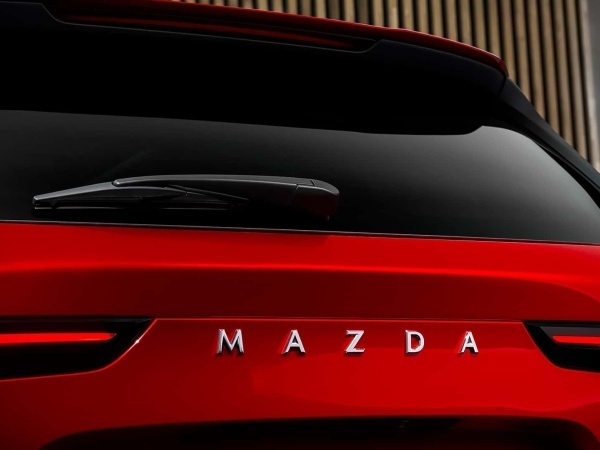
The third-generation Mazda CX-5 debuts in Europe, equipped with the largest central control screen in Mazda's history
MichaelJul 11, 2025
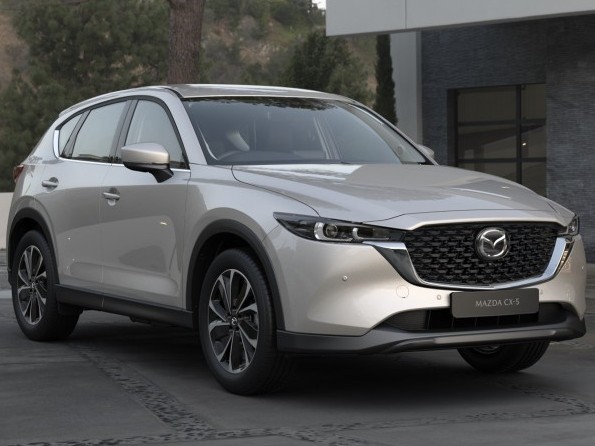
Stunning Looks, Premium Feels: Mazda CX-5's Dual Charm in Detail
AshleyApr 23, 2025
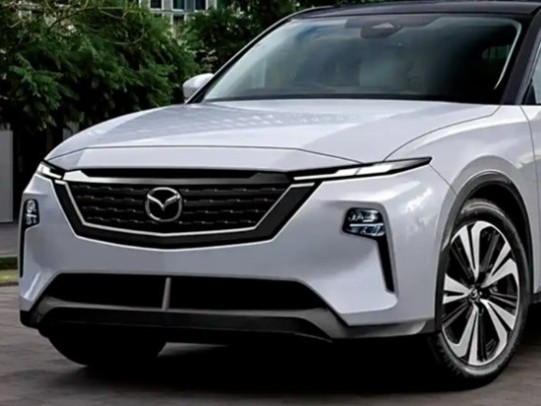
Mazda CX-5 showcased at Thailand Motor Expo 2024, new generation could be released at the Tokyo Auto Show next year
Kevin WongDec 4, 2024
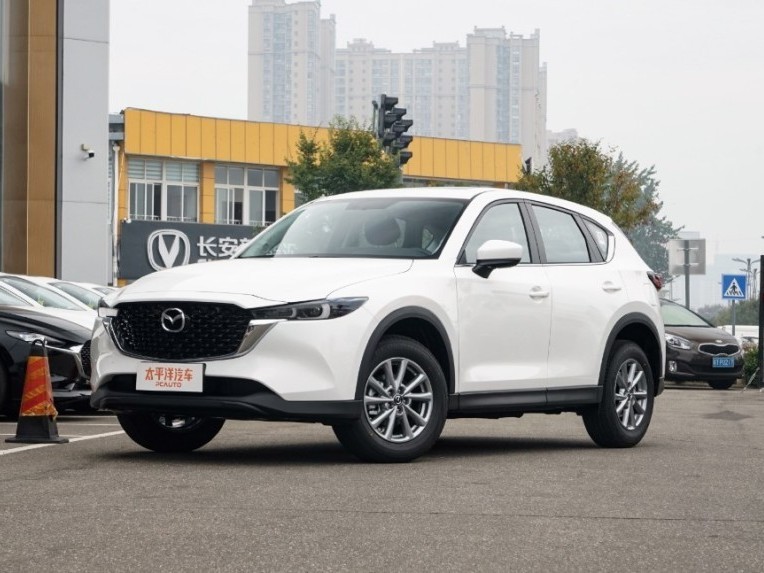
The third generation Mazda CX-5 is expected to debut in 2025! It may be equipped with self-developed hybrid technology!
RobertNov 25, 2024
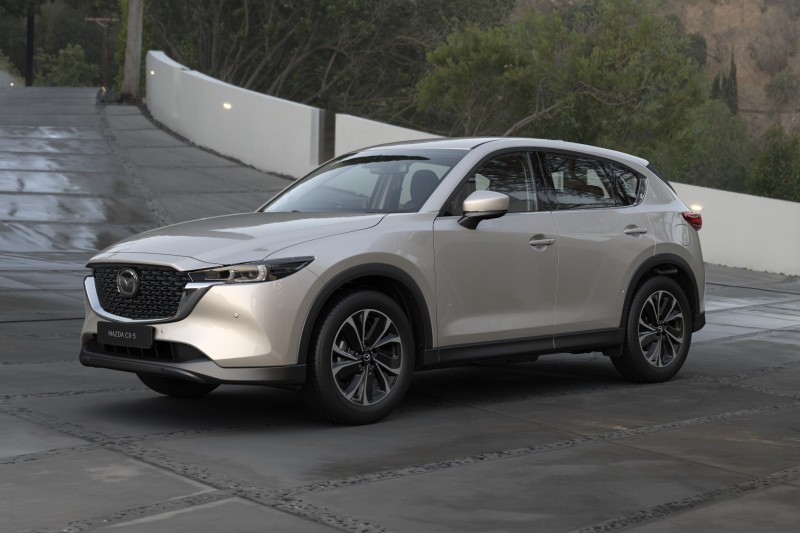
Analysis of the advantages and disadvantages of Mazda CX-5, a SUV that people both love and hate?
LienSep 26, 2024
View More

















Pros
Cons